Affiliate links on Android Authority may earn us a commission. Learn more.
Android 14 features: Everything you need to know
Published onApril 10, 2025
Google released the stable version of Android 14 in late October 2023. Its own Pixel phones were the first to receive the update, followed by eligible smartphones from other Android OEMs. Pixel owners can install the software on their handsets now using our Android 14 installation guide if it’s not pre-installed. Those with phones from other brands will need to wait for OEM-specific Android 14 releases if they don’t already have it. So with that in mind, we’re rounding up all the big features in Android 14.
It’s worth noting, however, that Android 14 isn’t the latest stable version of Android, as Android 15 was released in October 2024. You can check out our list of Android 15 features for more details.
Android 14: Name and release date
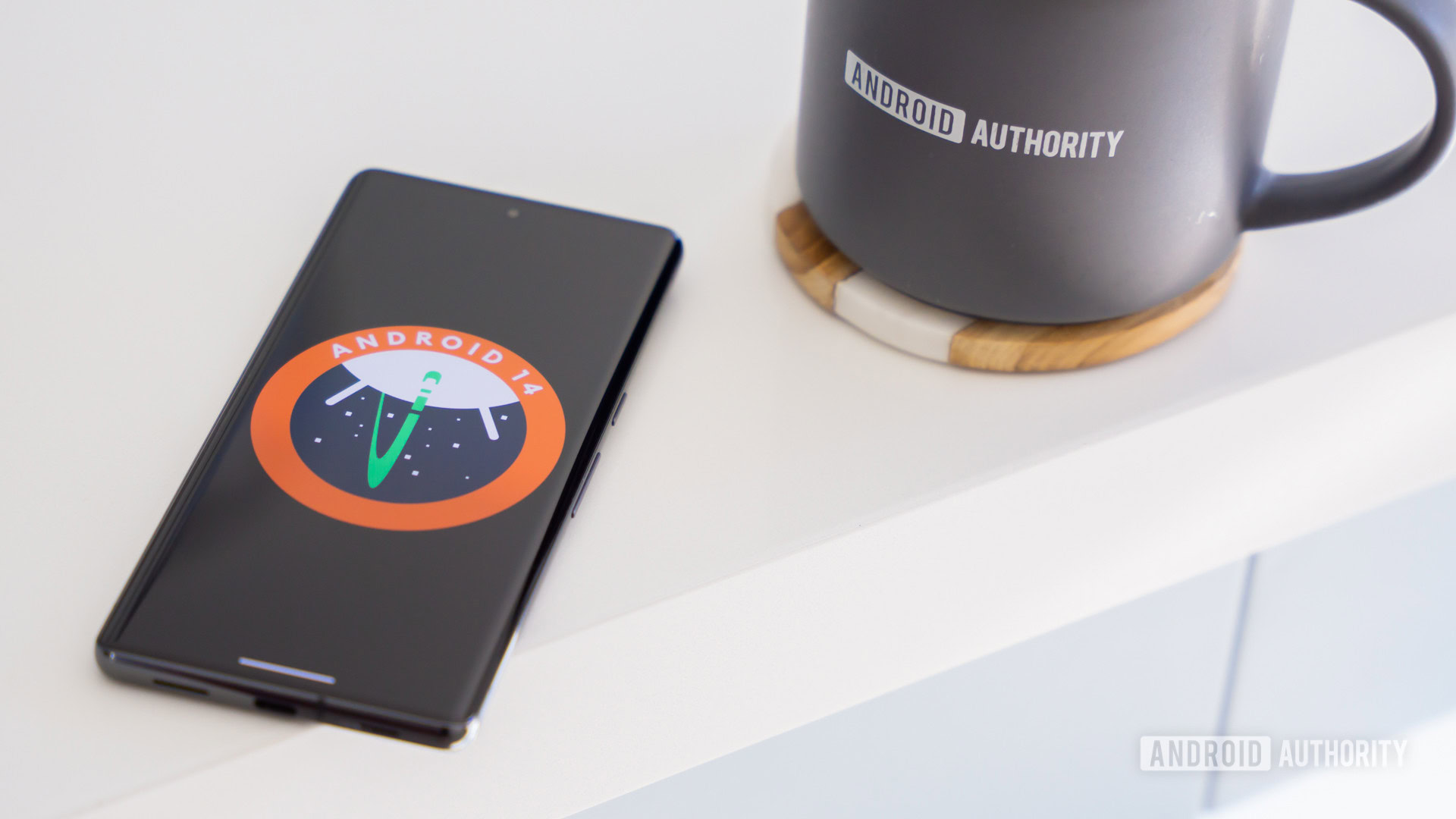
Prior to Android 10, Google used to name its Android versions after sweet treats. This included Android 7 Nougat, Android 8 Oreo, and Android 9 Pie. Nowadays, Google just sticks with the version number, so Android 14 is simply known as Android 14. However, Google still uses dessert names internally, and it turns out that Android 14 is dubbed Upside Down Cake.
Google kicked off the stable Android 14 rollout alongside the Pixel 8 series launch in October 2023. The update also reached the Pixel 4a 5G and newer, including the Pixel Tablet simultaneously. Devices like the Pixel 9 series shipped with Android 14.
OEMs often take a little longer to release new Android versions, though, with the likes of Samsung and Xiaomi needing to first customize it with their own software skins. Google previously said that Android 14 will be available on phones from Samsung, iQOO, Nothing, OnePlus, OPPO, realme, Sharp, Sony, Tecno, vivo, and Xiaomi later in 2023. This was indeed the case, and OEMs continued to bring Android 14 to their devices through 2024.
Android 14 Easter egg
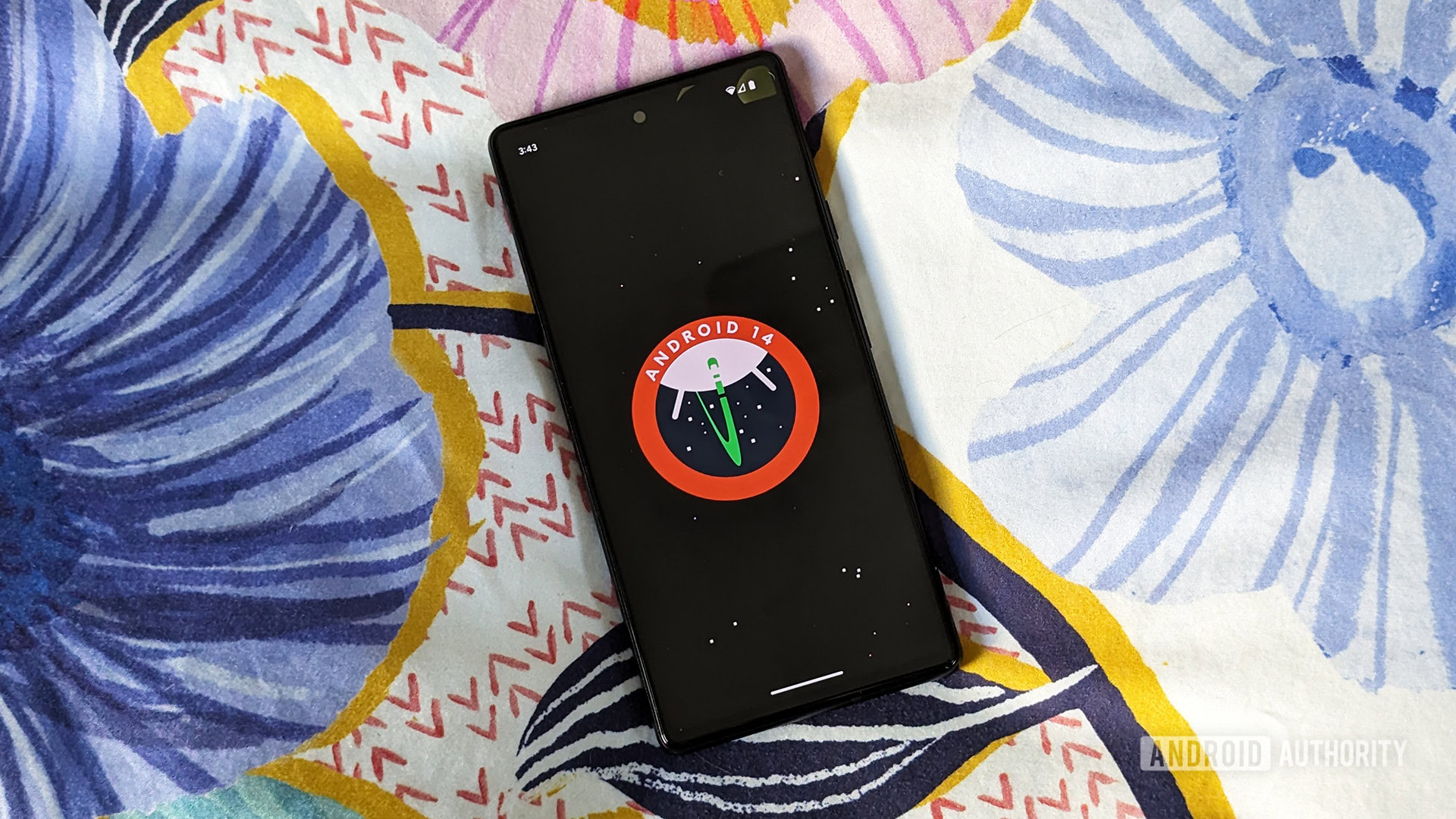
With the release of Android 14 beta 4 on July 11, 2023, we got our first look at the new Easter egg. As per the official Android 14 logo — which is very reminiscent of the Apollo 14 patch — the Easter egg is all about space travel.
We have a full article going over how you can see the Android 14 Easter egg as well as screenshots of what it’s like. Be sure to give it a look!
Android 14 accessibility features
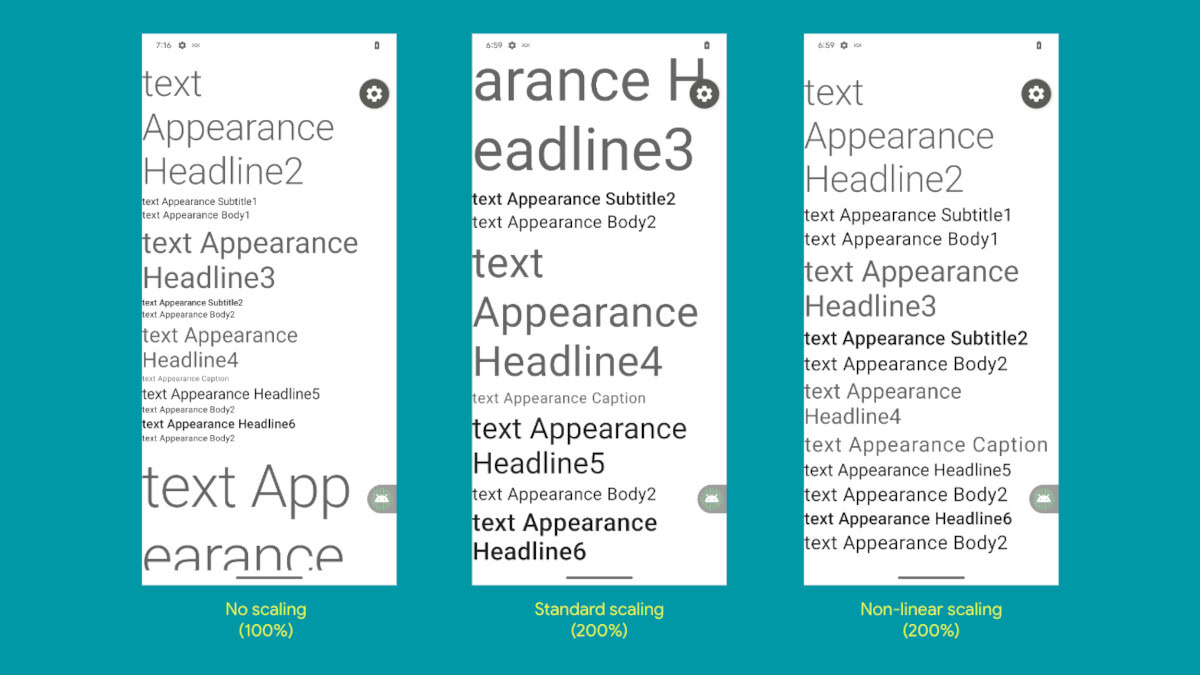
Google has done a good job over the years when it comes to implementing accessibility features. Android 13 introduced a new reading mode for visually impaired users, native braille display support, and audio descriptions. Meanwhile, Android 12 delivered improved screen magnification and the ability to control your screen with facial gestures. Here are the most notable Android 14 features.
Fonts go even larger
Android has supported large fonts for ages now, but what if the largest option isn’t big enough for you? Well, you’re in luck, as one of the biggest Android 14 features (literally) is larger font sizes.
Google specifically notes that users can now scale font sizes up to 200% in Android 14 versus Android 13, which topped out at 130% on Pixels. Interestingly, the company says it’ll also use non-linear font scaling so that text that’s already large won’t see further size increases. For example, a heading might not see a size increase, but smaller text below the heading could grow larger.
Notification flashes
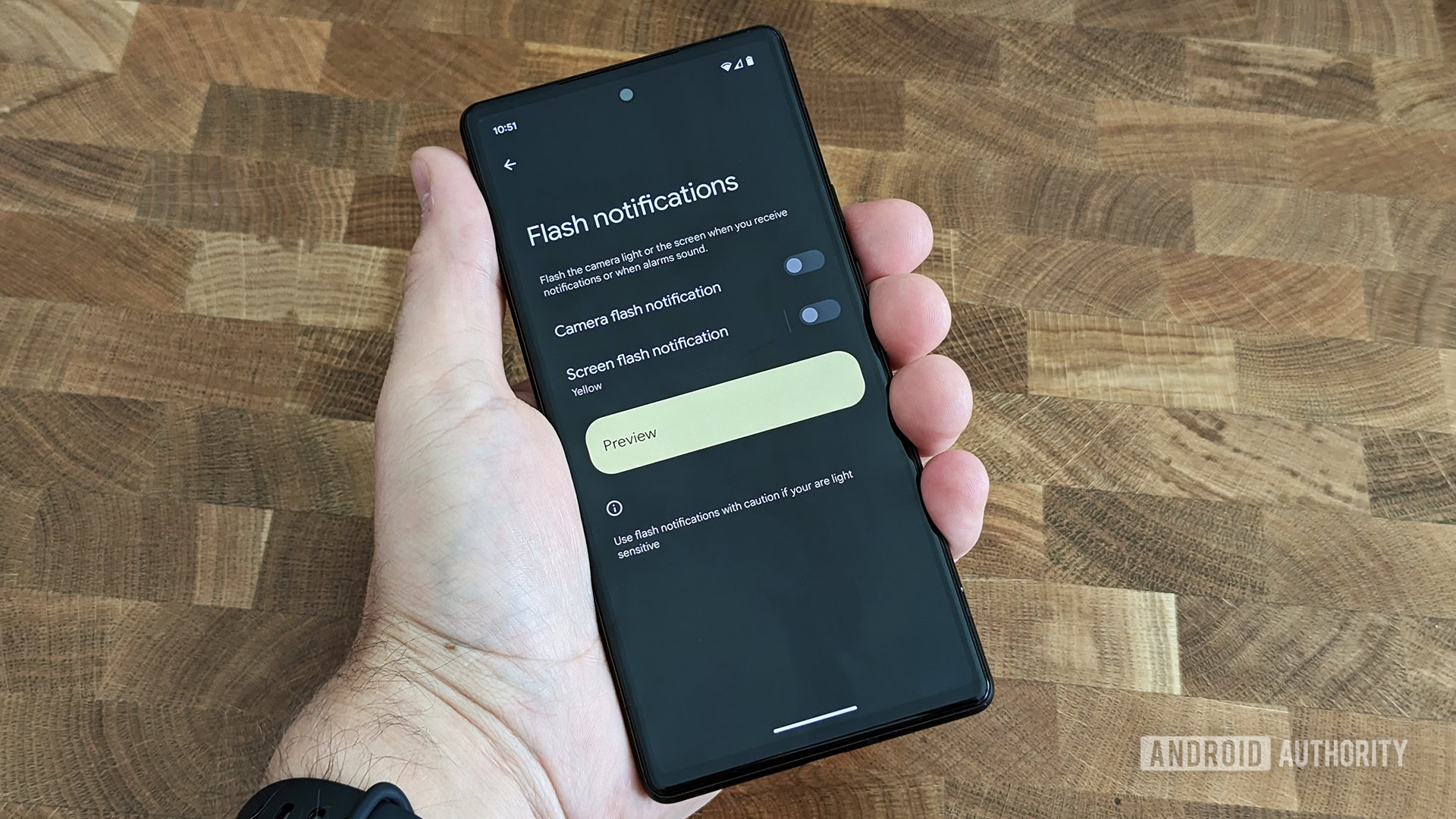
If you are hard of hearing, Android 14 allows you to see notifications by using the camera flash and display to light up. You can toggle these settings in the Accessibility section. Your choice is having the camera flash, the display flash, or both at the same time. With the display flash, you can also choose the color of the flash, which is nice. However, you can’t alter the way the flashes occur (pulse, flash, wave, etc.) and can’t create per-app customizations. The feature is either “on” or “off.”
Language-related improvements
Android 14 also brings tweaks related to language, starting with better support for gendered languages (e.g., French and German) via the Grammatical Inflection API.
Another language-related tweak is that developers can now take advantage of more granular per-app language controls. These controls now enable app developers to “customize the language list per region, run A/B experiments, and provide updated locales if your app utilizes server-side localization pushes.”
Regional preferences
If you’re a European living in the US, you might want to use Euro-style measurements, calendars, and other systems. With Android 14, that will be possible. You’ll be able to make temperature units Celsius and make the first day of the week Monday, for example.
Android 14 battery features and tweaks
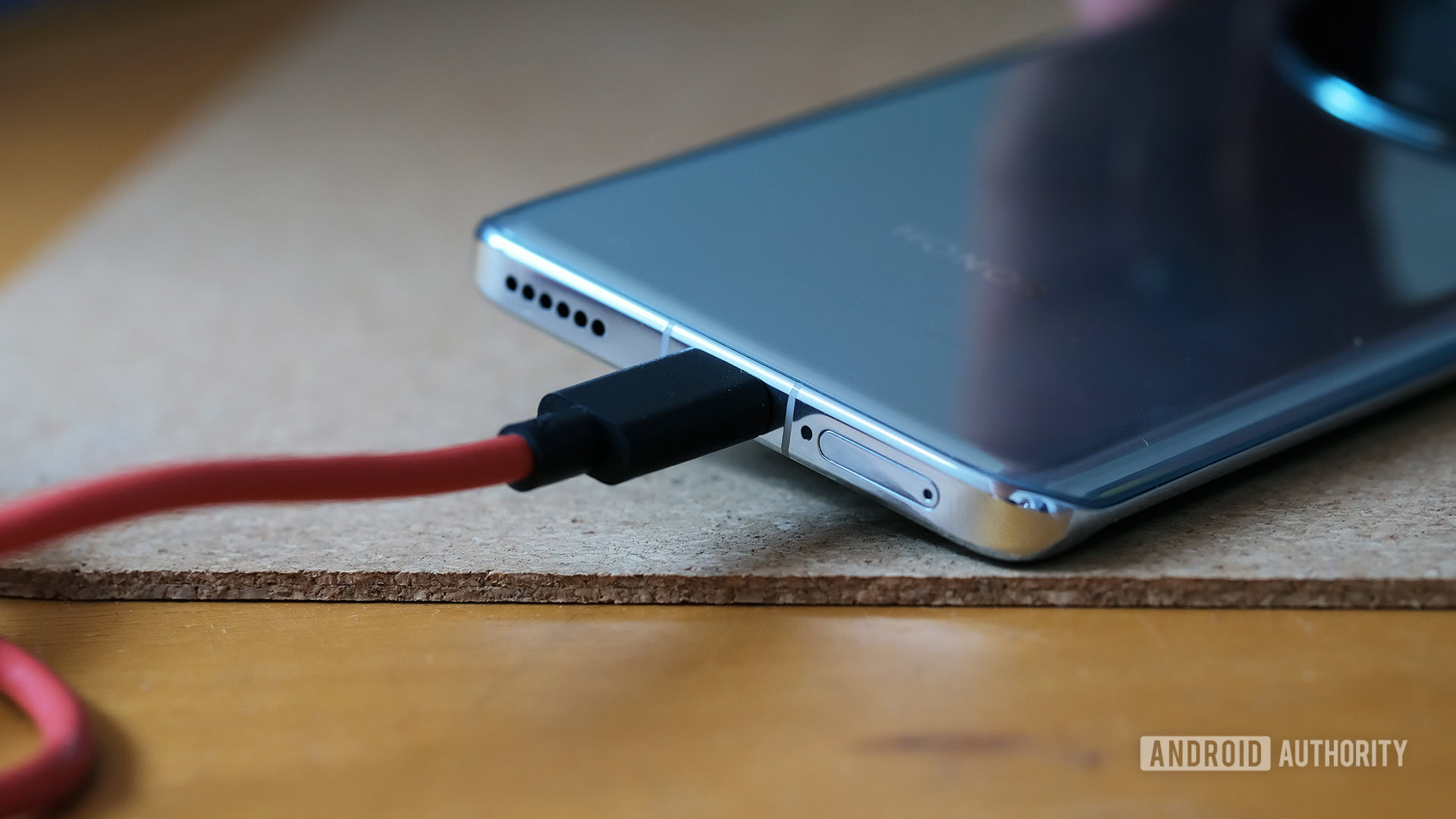
Android 14 brought a variety of changes in an effort to improve battery life. You shouldn’t expect anything massive like Android Marshmallow’s Doze Mode or an extreme battery saver, but these under-the-hood changes should still yield major savings.
Google tinkers with Android’s inner workings
For starters, Google tweaked two Android APIs (foreground services and job scheduler) with a view to improving efficiency for tasks like background activities and downloading large files.
“The user-initiated data transfer job will make managing user-initiated downloads and uploads easier, particularly when they require constraints such as downloading on Wi-Fi only,” Google says of its tweaks related to file downloads/uploads.
The battery life focus doesn’t end here, as Android 14 also improved the platform’s internal broadcast system for better efficiency.
New permission for alarms
Google implemented a “schedule exact alarm” permission, requiring all newly installed apps that aren’t clocks or calendars to request this permission from users. The company explained this addition by saying that precise alarm functionality can affect battery life and other resources.
A familiar stat returns
One returning feature we’re happy to see is the “screen time since last full charge” feature. The option is back in the battery settings menu after it was hidden in Android 12 in favor of your battery usage over the last 24 hours. This returning option is handy if you want a more accurate idea of how long your phone actually lasts.
New battery information
Android 14 allowed you to see new battery information such as its manufacturing date and cycle count. The info could be found in Settings > About Phone > Battery Information. Unfortunately, Google pulled this feature in the QPR 2 release and confirmed that this would be coming to the “Pixel 8a and beyond.” Ouch.
Android 14 privacy and security features
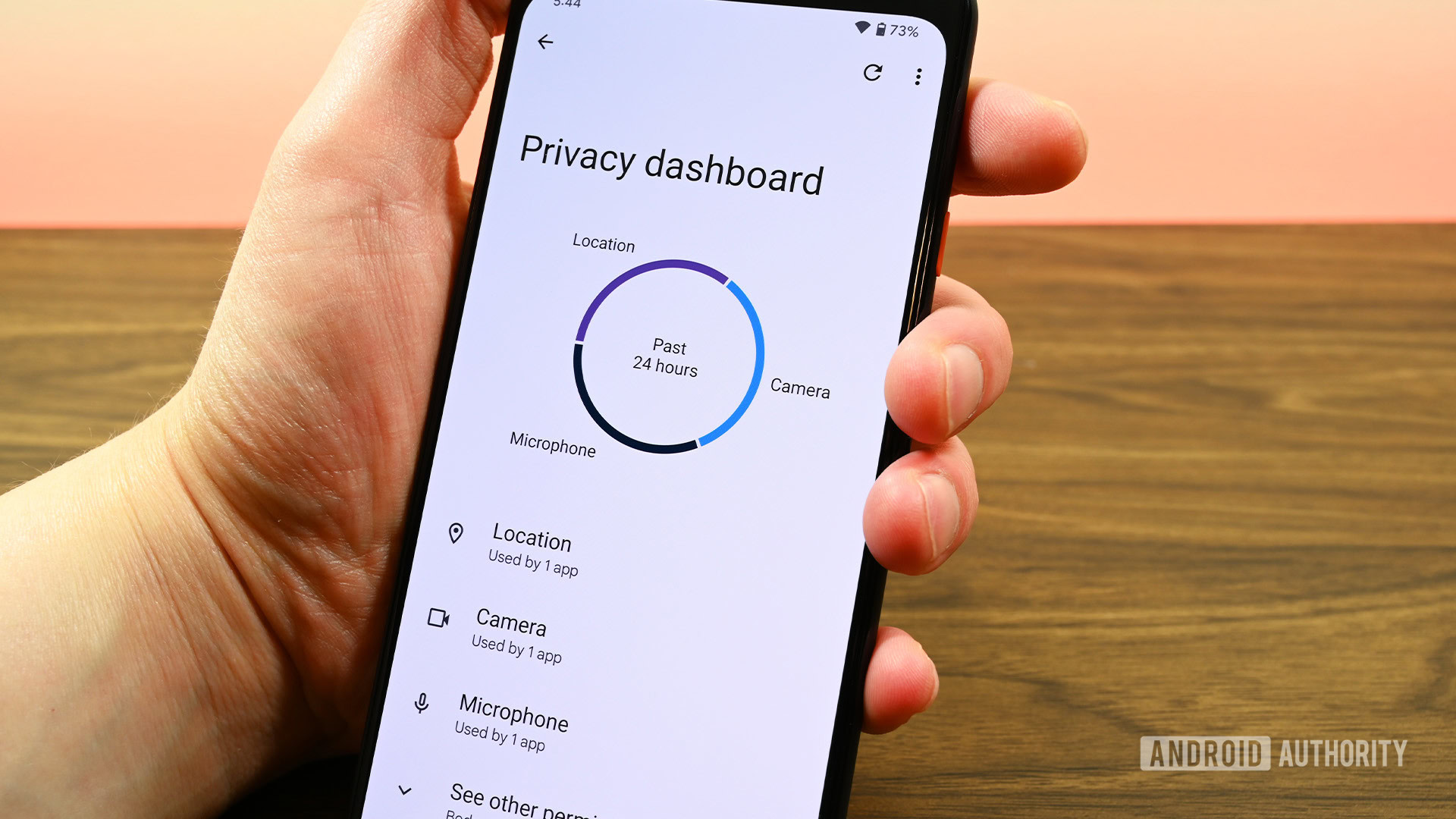
Android 14 has a ton of features related to privacy and security. We’ve got all the significant changes here, some of which could draw a lot of controversy.
Say goodbye to installing super-old apps
One of the biggest differences between Android 14 vs Android 13 is that the new update now blocks older Android apps from being installed. Google says this change specifically targets apps built for Android 5.1 Lollipop APIs and older.
This is a pretty big change, with the search giant reasoning that malware often targets older API levels that don’t take advantage of more modern security and privacy protections.
This tweak means that many abandoned apps (e.g., old games and niche apps) can’t be installed on Android 14 phones. If there’s any consolation, it’s that Google says older apps will remain on your device if you upgrade to Android 14. But this obviously won’t be the case for devices launching with Android 14 out-of-the-box.
Only share certain photos and videos
On Android 13 and earlier, if an app asks for permission to access your photos and videos, you can either say “yes” or “no.” With Android 14, you have a bit more control. Now, you can allow apps to have access to some photos and videos using the permission notification below:
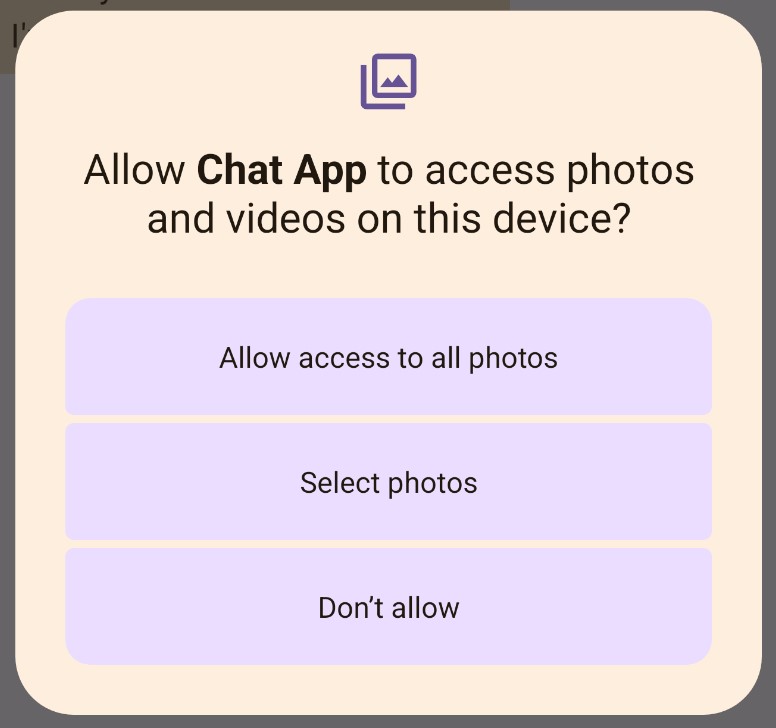
This is great for privacy, as apps can only see the pictures and videos you want them to see (no judgment here, folks).
Enhanced PIN privacy and optional removal of ‘OK’ button
In Android Settings, you can turn off animations when you enter your PIN. This will make it trickier for “shoulder surfers” to see you enter your PIN and memorize it. This small change could be the difference between someone being able to access your phone or not. As of now, this feature is set to “off” by default.
Likewise, Android 14 removes the need to hit an “OK” button after entering your PIN. Instead, you can just enter the number, and your phone will unlock. Note that this will only work if your PIN is six digits or more. If your PIN is six digits or more, it automatically turns the feature on. If you want the “OK” button back, though, you can manually institute it.
Data sharing updates
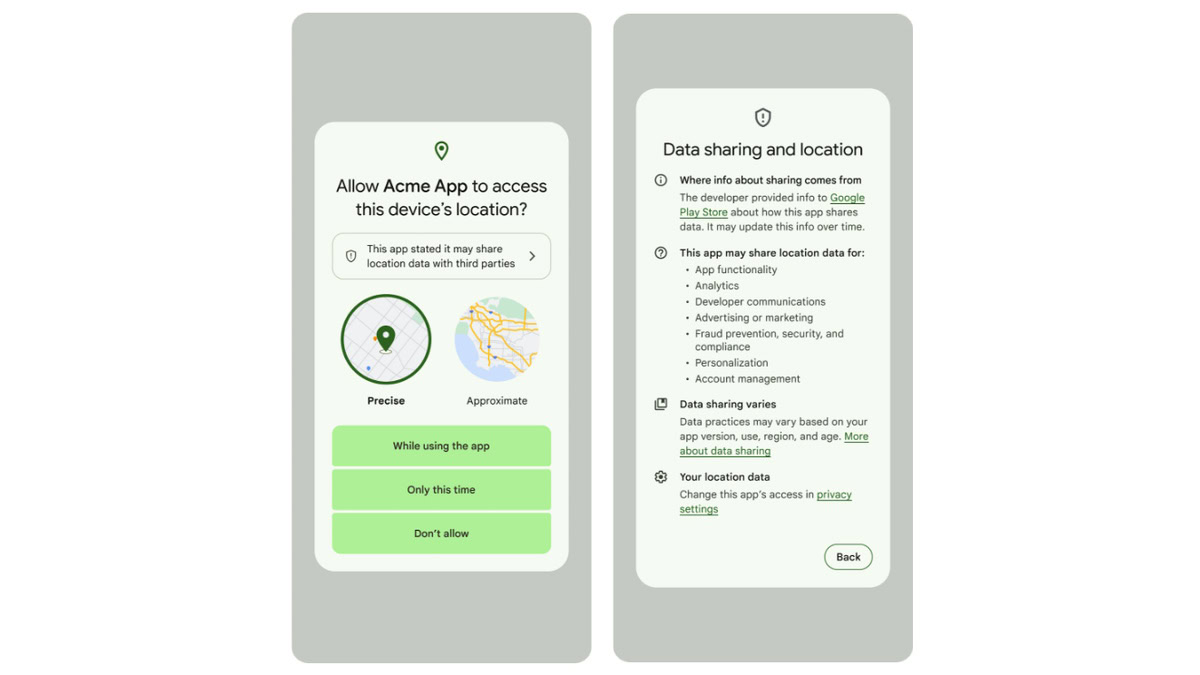
Let’s say you install an app on Monday. You accept the permissions and privacy policies for that app. Then, on Tuesday, the app changes the terms of those policies. Up until now, you wouldn’t know about this unless the company contacted you directly. That changes with Android 14, as you’ll now get a pop-up (see above) telling you about any changes that have happened with any particular app.
Other security-related changes
Google is also fighting malware and exploits by making tweaks to the intents system and dynamic code loading. Neither of these features are user-facing, but they should still give defense in depth when it comes to malware and vulnerabilities. Passkey support is also enhanced with Android 14, moving us closer to a password-less future.
Cross-device improvements for developers
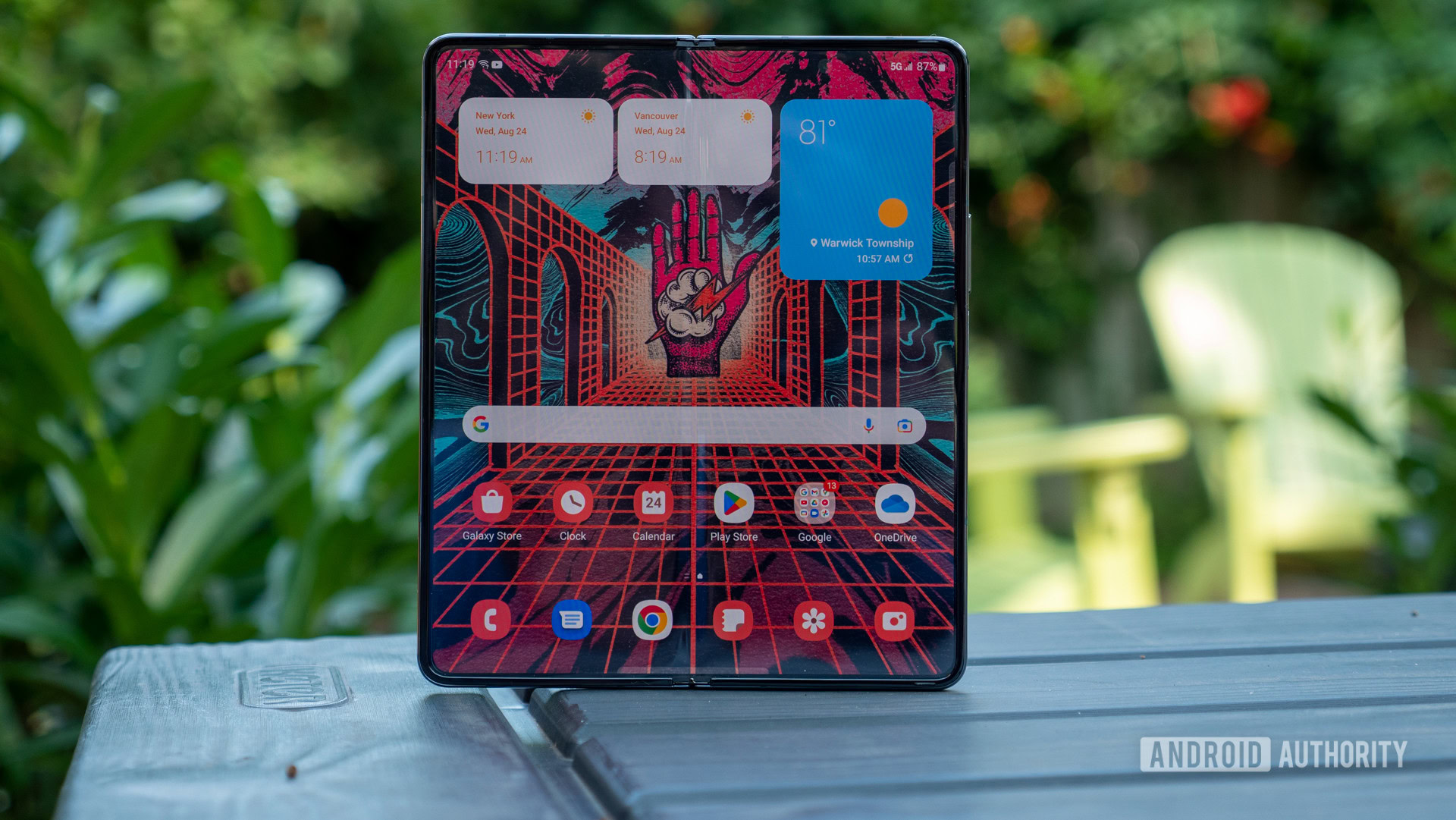
Android has been making a cross-device play for years now, and Google is continuing this push in Android 14. This time, we’re getting developer-focused additions such as window size classes and sliding pane layout so apps can more effectively adapt to different screens.
Finally, Google says it’s offering a preview of its cross-device SDK so developers can more easily build apps that run across different devices and form factors.
Needless to say, there don’t seem to be any significant user-facing cross-device improvements here as we saw with Android 12L. But we’re still glad to see Google offering improved tools to make apps run well on more than just your typical phone.
Integrated Health Connect
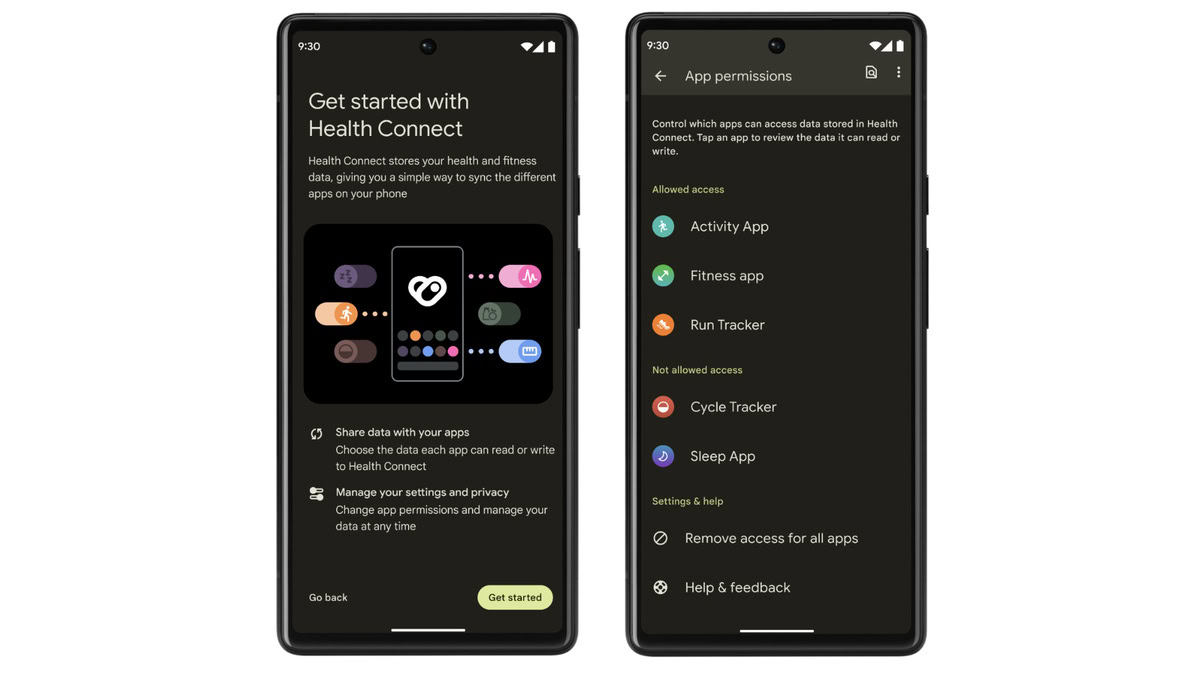
The Health Connect app is effectively a hub to collect health data from your various fitness and health apps, and it indeed supports health/fitness data from big-name players like Samsung, Fitbit, and Peloton.
At the moment, this is still a downloadable app. However, with the launch of Android 14, Health Connect will now come with Android out-of-the-box. This means you won’t need to install it manually, and updates will come automatically.
Android 14 customization features
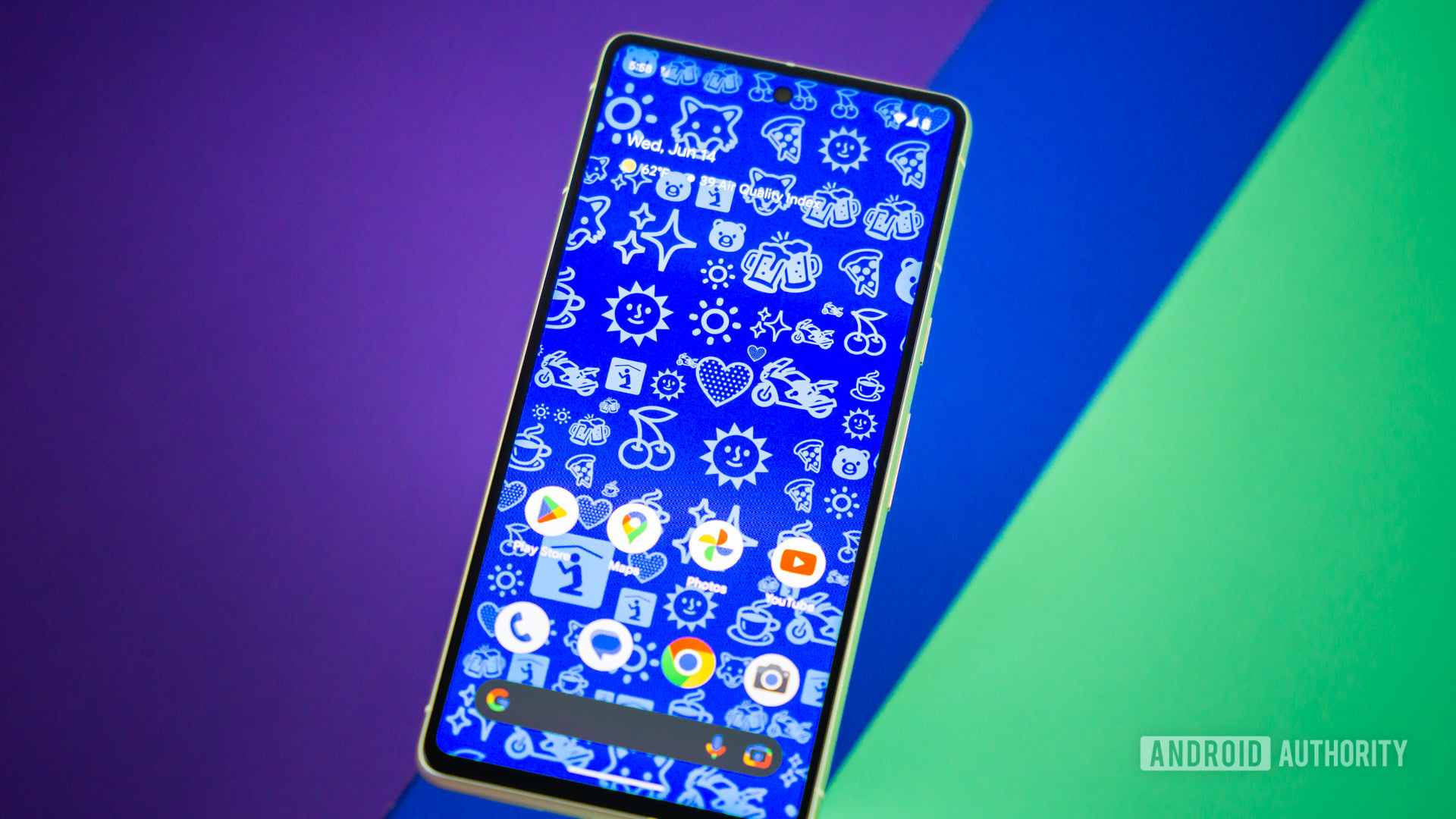
At Google I/O 2023, the company rolled out not one, not two, but three new ways to create custom wallpapers. The first creates an artificial parallax effect from your own images. On stage, David Burke showed how this works with a picture of a child. Next, he showed off a new Emoji wallpaper creator (as seen above). You select the Emoji you like, select some colors, and then you get a fun, colorful layout of cartoons. Finally, Burke demonstrated a generative AI system for creating wallpapers, albeit via the cloud. The first two systems landed on all devices with Android 14’s stable build, but the generative AI system was initially reserved for the Pixel 8 and Pixel 8 Pro. However, we’ve since seen other OEMs embrace this feature too. Android 14 also now includes a monochromatic theme with minimal colors.
Custom lock screen
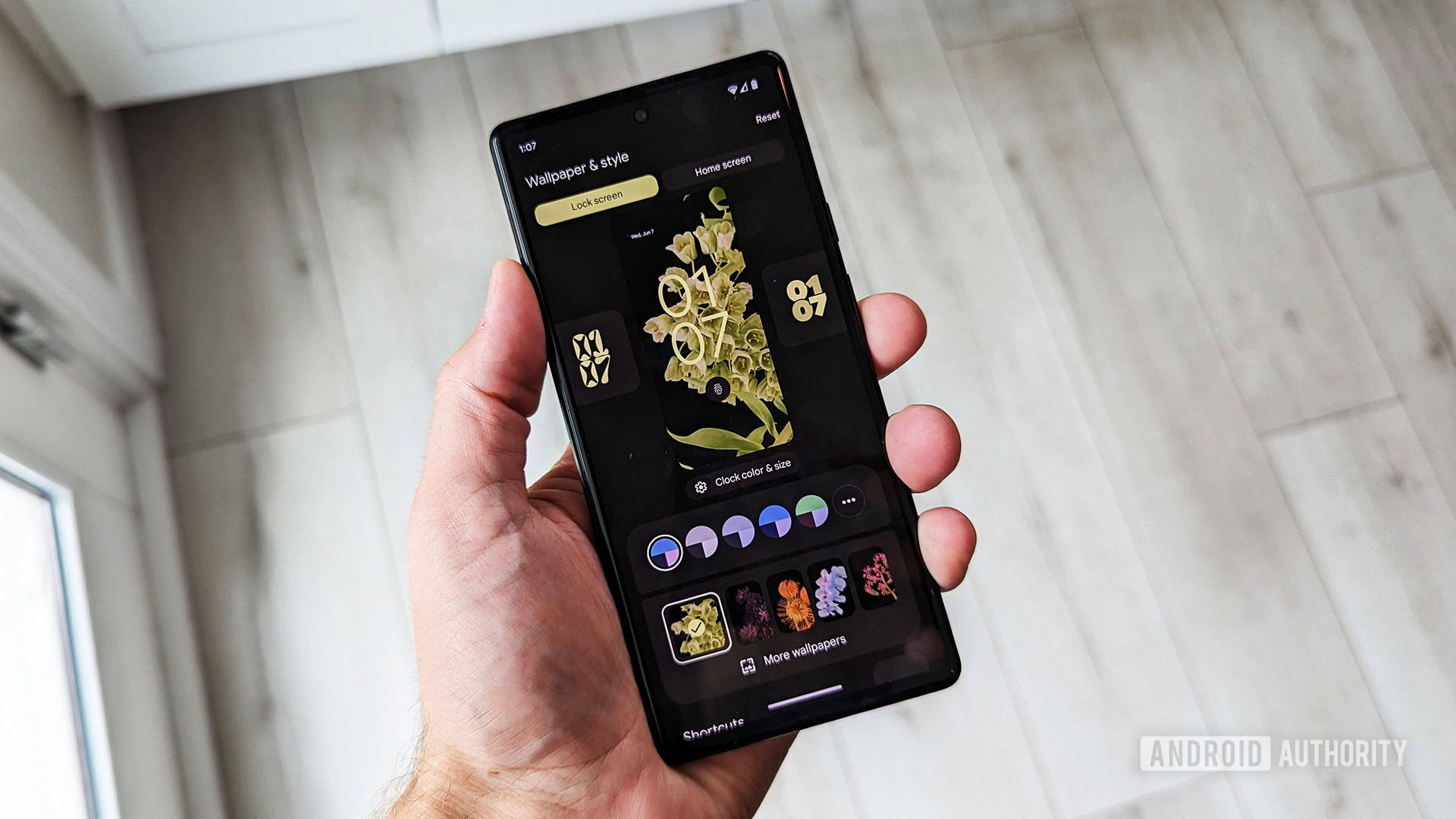
You can already customize your home screen with widgets, wallpapers, icon packs, etc. The lock screen, however, has been far less customizable. That changed with Android 14, as you can customize all sorts of aspects of the lock screen. You can customize fonts, widgets, colors, and formats on your Android 14 lock screen. You can even add shortcuts to your lock screen at the lower corners.
Smaller confirmed updates
- Android 14 now supports lossless audio when using wired headphones.
- Support for 10-bit HDR (aka Ultra HDR) is here, allowing it to retain more information from the sensor when taking photos and opening the door for more vibrant colors and greater contrast.
- The Camera2 and CameraX extensions see updates, allowing apps that use them to handle longer processing times. This also helps improve use cases like low-light photography that rely on compute-intensive algorithms.
- Android 14 lets enterprise and government users restrict a device’s ability to fall back to the insecure 2G standard.
- Google is also letting users disable support for so-called “null-ciphered” cellular connections in Android. In other words, users can choose to only use encrypted cellular connections.
- Android’s back gesture functionality can be a little unpredictable, but Android 14 brings a so-called predictive back gesture feature by default. This was first discovered by veteran journalist and code sleuth Mishaal Rahman.
- When you connect a Bluetooth device to an Android 14 device, you will be able to select its “audio device type.” You can choose between Speaker, Headphones, Car Kit, Hearing Aid, or Other.
- Google debuted text calling capabilities on the Pixel line back in 2022, but this feature is coming to all Android phones. This will allow you to type your responses during phone calls instead of speaking them.
Android 14 QPR features
Google would go on to release three more Android 14 updates, namely QPR 1, QPR 2 and QPR3. These brought more additions to the table. These features are mostly specific to Pixels, but we’d expect some of them to come to other Android devices as well.
Bluetooth tile gets reworked
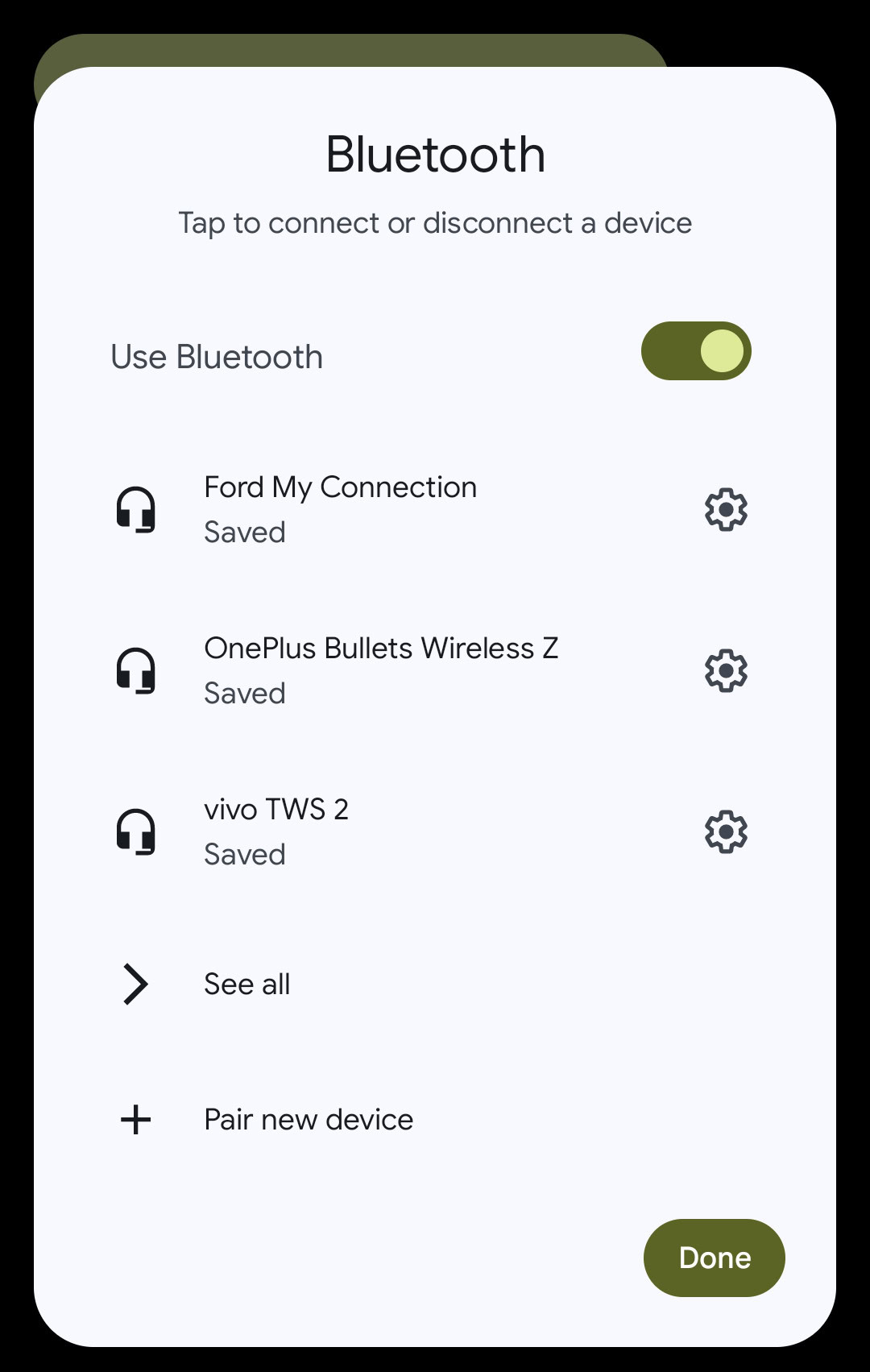
Tapping the Bluetooth quick settings tile used to let you quickly toggle this setting on or off. That’s changed with the QPR 2 update, as tapping this tile now results in a pop-up menu with access to the Bluetooth toggle and your most recently paired devices. That means it now takes two taps to enable/disable Bluetooth. However, it does mean that you’ve now got more seamless access to connected devices.
A faster way to share Wi-Fi
The Bluetooth tile isn’t the only tile that’s been tweaked, as Android 14 QPR 2 also brings a small change to the Internet tile. You should now see a “share Wi-Fi” button after tapping the Internet tile. This takes you to the existing Wi-Fi sharing page, where you can share Wi-Fi credentials via a QR code — no need to actually give your credentials to someone.
Use your phone as a webcam
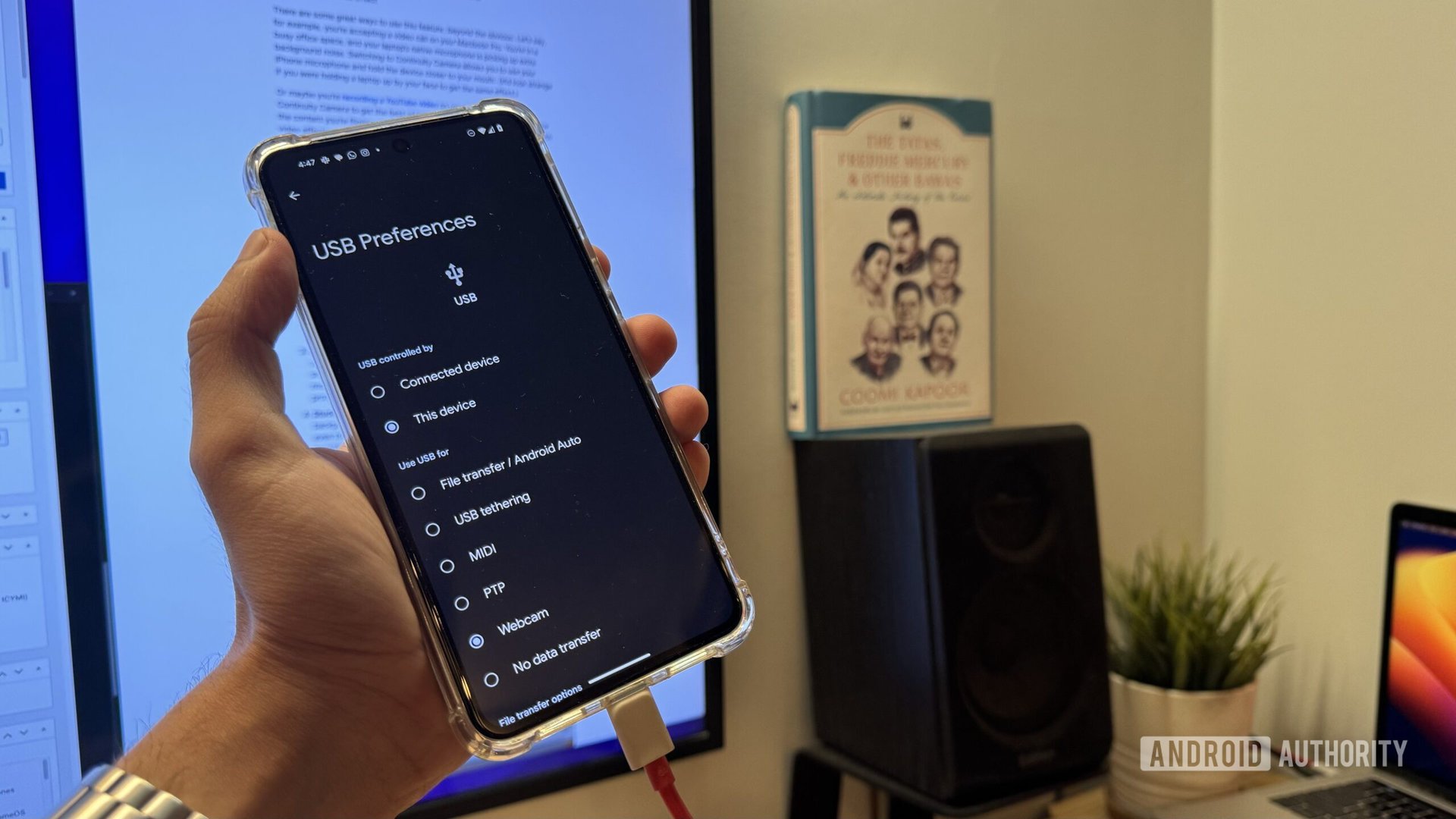
Google’s December 2023 Pixel Feature Drop brought a number of neat features, and one of the most notable additions is the ability to use your Pixel phone as a webcam on your computer. You’ll unsurprisingly need to connect your phone to your computer via a USB cable. This feature is available on the Pixel 6 series and newer.
Repair Mode
Google also brought a so-called Repair Mode to Pixel phones in December 2023. You’ll want to use this mode when you send your phone in for repairs as it’ll keep your personal data safe from technicians and anyone else. You can then exit this mode when you’ve received your repaired phone.
Circle to Search
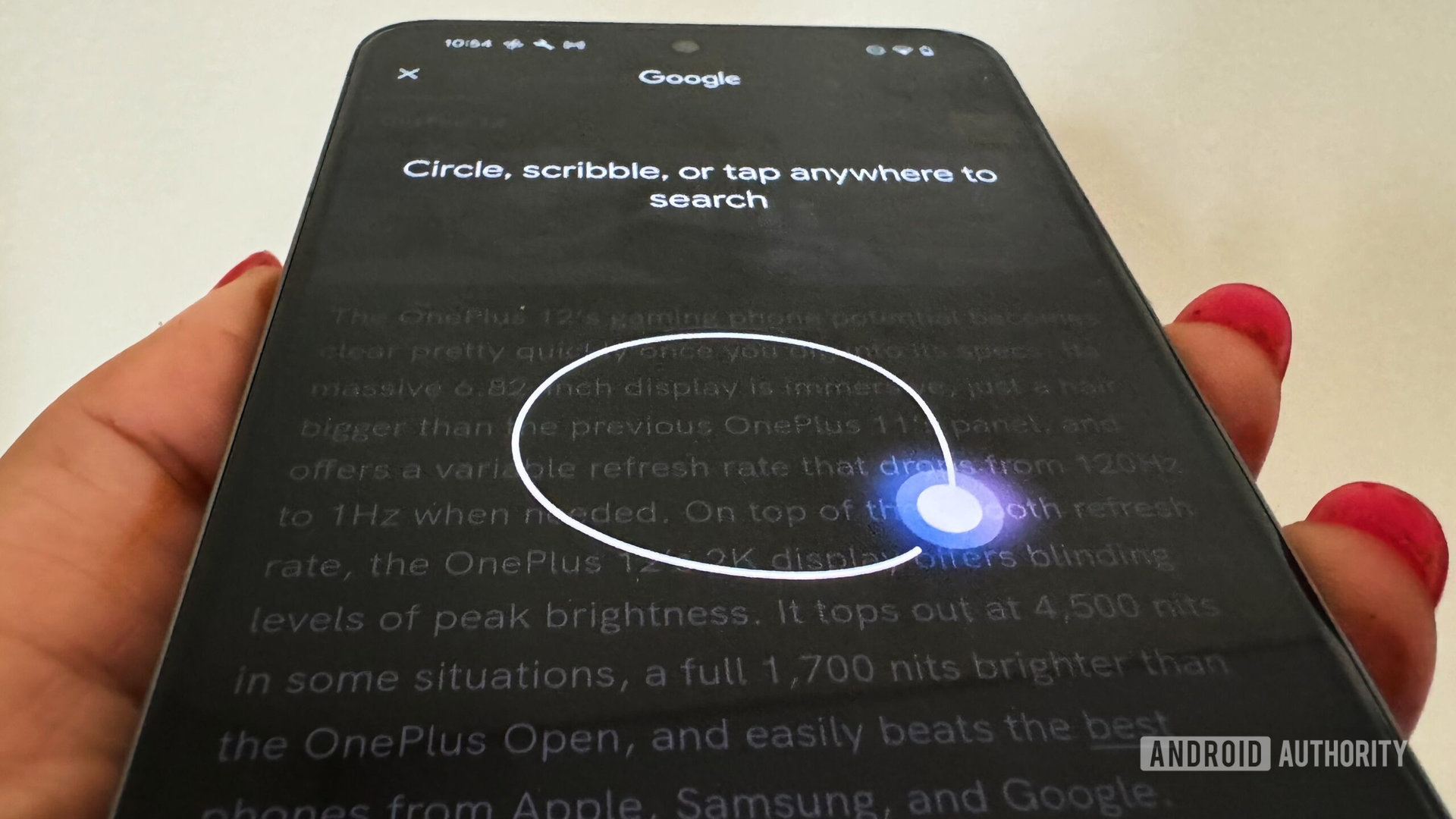
The Galaxy S24 series also debuted a so-called Circle to Search feature from Google. This lets you circle content on your screen to seamlessly conduct a web search for it. The feature has since landed on loads of devices, from ASUS and Google to OnePlus and Xiaomi.
Partial screen sharing
We learned about this feature a while back and it finally landed in the March 2024 Pixel Feature Drop and QPR 2 release. This will let you only screen-record or screen-share a specific app rather than your entire screen. That’s handy if you don’t want chat and email notifications to accidentally pop up, for example.
Foldable-specific features
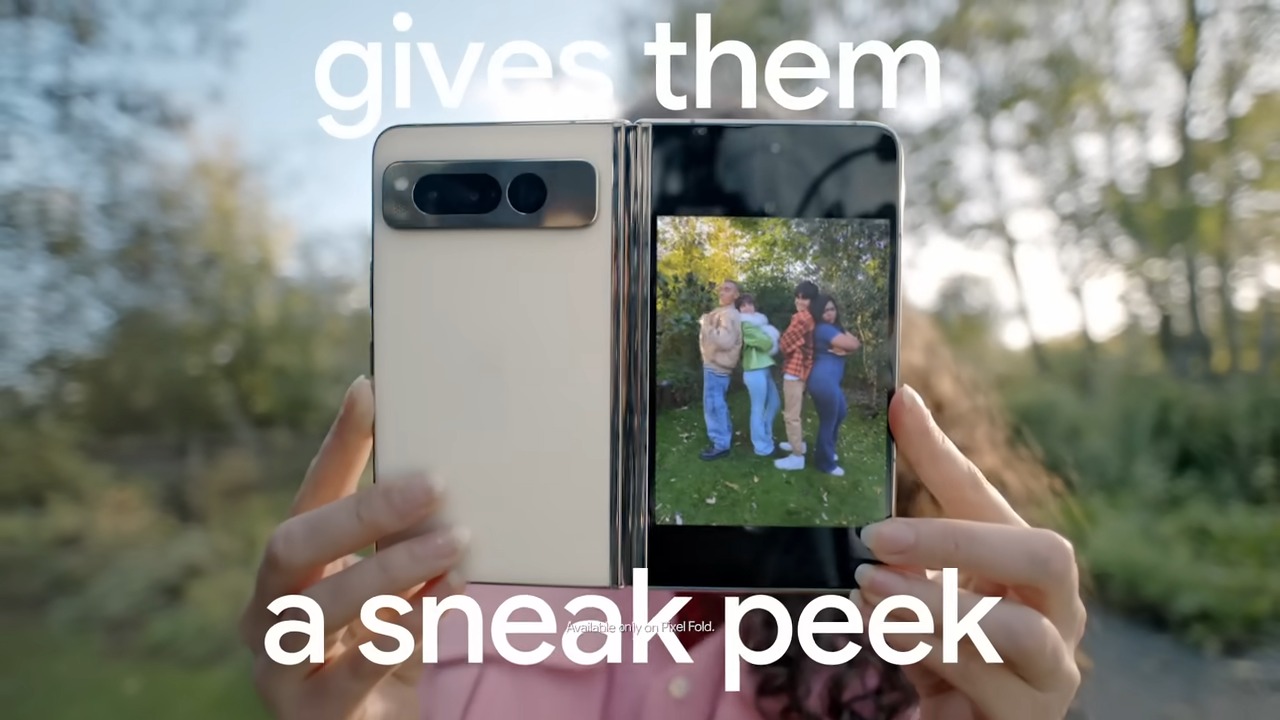
The Android QPR releases also brought a few foldable features to the table. For one, you can choose to let an app continue running after you’ve folded the Pixel Fold. This is in line with foldables from other OEMs. Another feature we’ve previously seen on other foldables is Dual Screen Preview. This will let you take a picture with your unfolded Pixel Fold, showing you the camera viewfinder on the unfolded screen while your subjects can see themselves on the rear screen. The Pixel Fold and Pixel Tablet also let you force apps to adopt a specific aspect ratio, which could be handy for some third-party apps that don’t adequately support foldable or tablet screens.
Better passkey support
Another handy feature is that Google will now tell you which accounts support passkeys. This should take out the guesswork when it comes to implementing passkeys across your various services.
Other expected and rumored Android 14 features

The aforementioned entries are just the features and tweaks Google has officially confirmed so far. However, there are a few more features that have either been officially confirmed before or were expected based on hints in Google code.
Find My Device updates
Google is borrowing one of the best features of Apple’s network for Find My Device. With Android 14, users would likely be able to locate devices even when they’re powered off. Google is working on its own Find My Device network, which will allow a switched-off device to ping other nearby Android devices over Bluetooth, which in turn will be able to report the general location of the offline product. However, this feature was delayed for months and it seemed like Apple was the reason why we had to wait until 2024.
Floating search bar
Google also appears to be testing a floating search bar for the Pixel Launcher in Android 14. We found the feature hidden in the first beta for Android 14 QPR1. When enabled, it causes the search bar to sit above the keyboard instead of at the top of the screen when you’re in the app drawer. It sits above the UI of both Gboard and SwiftKey and could do the same for any other Android keyboard app.
Satellite connectivity
The likes of Qualcomm, HUAWEI, and T-Mobile have all announced satellite communication functionality in the last year or so. Thankfully, Google confirmed it was bringing native satellite communication support to Android 14 as well.
The news came via a tweet in September 2022 courtesy of Google executive Hiroshi Lockheimer. Unfortunately, the company didn’t clarify specific capabilities here, such as support for two-way communications and multimedia formats. But native support should make things easier for smartphone brands and service providers nonetheless.
Bloatware finder
Bloatware is a huge problem. Some of the worst bloatware comes from your carrier. Occasionally, a surge of software will download and install behind the scenes as soon as you insert your SIM card into a phone. Google wants to fight this with a feature it’s working on for Android 14. Currently known as “Apps installed in the background,” this feature will show you any and all apps that have downloaded secretly and allow you to uninstall them quickly. This feature wasn’t in the final Android 14 release and needs to be activated with hidden developer flags, so you might have to wait for a future Android release instead.
Improved taskbar for foldables and tablets
Android expert Mishaal Rahman also uncovered evidence that Google was working on a number of additions to the taskbar. For one, he discovered that Google was working to bring a search bar to the taskbar. The platform holder also seems to be working on displaying recent apps in the taskbar (albeit in desktop mode) as well as letting users choose between a permanent and transient taskbar.
It’s worth noting that pretty much all of these taskbar enhancements are available in Android skins from other brands. But this would open the door for the Pixel Fold, Pixel Tablet, and devices from other OEMs to get these additions. Rahman added that this might only arrive in the Android 14 QPR1 release, though, but some of these tweaks only arrived with Android 15.
Other spotted or rumored Android 14 features
- Advanced memory protection to protect against exploits (Armv9 silicon only). This debuted on the Pixel 8 series.
- An update ownership feature that allows a third-party app store to be the sole source of automatic updates for a given app. It looks like Google will harness this feature for select Google apps too.
- Google is also reportedly working on optimizing the lock screen for landscape mode on phones.
Top Android 14 questions and answers
We know that the Camera2 and CameraX extensions will see updates, allowing apps that use them to handle longer processing times.
Yes, it is most definitely a good idea to upgrade to Android 14 now that the stable release is out
Google Pixel phones tend to get stable Android releases on the day they’re released. But you’ll need to wait if you’ve got a phone from another brand like Samsung, Xiaomi, OnePlus, Motorola, or others.
These are all the best Android 14 features worth knowing about so far. We’ll be sure to update this article with new features as we dig through the update.